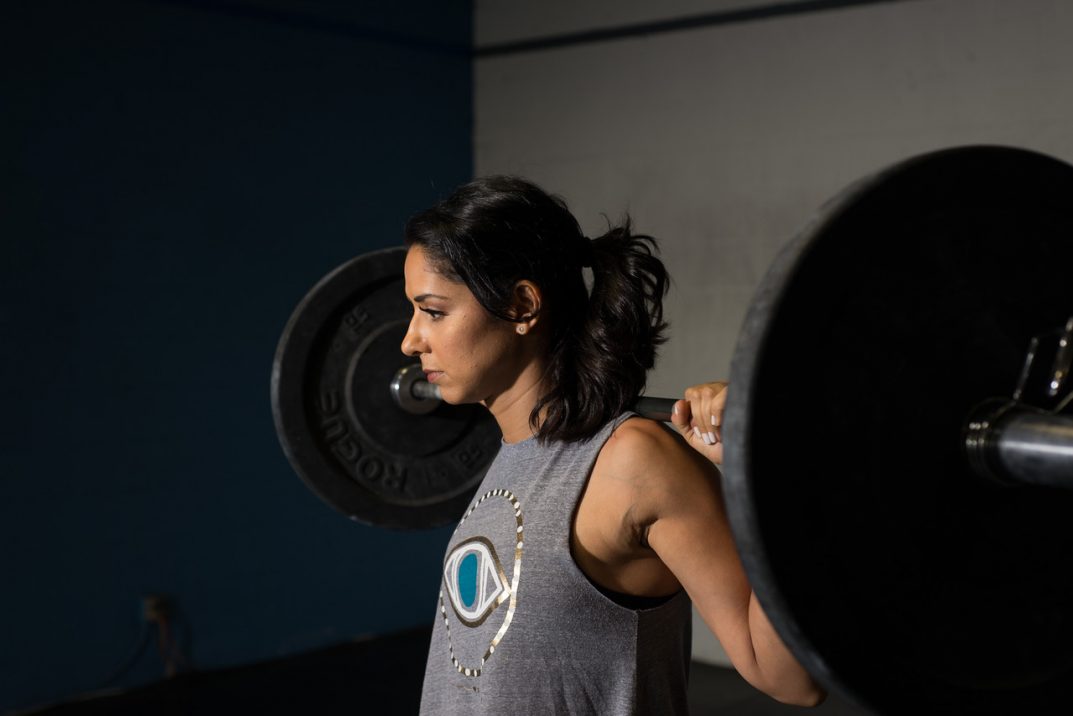Massage therapist: “Just relax, and breath.”
Me through gritted teeth: “I am breathing!”
Thirty minutes into my first massage (yes, the first one ever) and I was still biting my lip. Not only did my body feel like it was run over by a Mack truck, but I was struggling to relax and get in that zen state that everyone brags about regarding spa days and back rubs.
The massage experience reminded me a lot of the fist clenching and mouth grimacing that happen with first-time Pilates practitioners. Not because Pilates feels like medieval torture (although some of the equipment might look as such), but because most of us forget how to breath properly in the first place!
Unlike weight lifting, where we learn to use breath to brace our abdominals and protect our backs during heavy loaded exercises, Pilates introduces a whole new style of breathing that complements every day life: Lateral breathing.
Lateral breathing, or the 3D breathe, is similar to the breathing patterns we are accustomed to during lifting, with one major difference: The breath pattern isn’t just a “Take in as much air as you can” but a mindful and complete inhalation and exhalation of the diaphragm. First, we pull the breath into the low belly and redirect it into the back of the body and sides of the ribcage for more stability in the trunk. The more stability we have in our “core” during movement, the more power we can produce while protecting our spine from blowing up into a million pieces.
Anyone who’s taken a crash course in PRI understands how critical good breathing mechanics is to our alignment and overall movement. Pilates, however, dates back to the 1940’s. The method’s breathing techniques are taught from the onset and reinforced through every exercise to enhance one’s practice, improve breathing mechanics and optimize movement.
Pilates breathing techniques
Over the years, Joseph’s disciples developed different styles of breathing techniques to enhance certain exercises and improve breathing capacity. You’ll find that there’s a big emphasis on syncing breath with movement in Pilates for this very reason.
Ok, Trish, but why is breathing so important?
I’m so glad you asked! Let me count the ways:
- Breathing affects every functional pattern and system in our body, which can cause…
- Limitations in functional movement patterns like a squat, overhead reach, or rotation of the spine, to name a few. These can lead to…
- Lack of sufficient stretch of the muscles (i.e. you can’t touch your toes) or overdevelopment of certain muscles in training, limited range of motion, uneven shoulder height, pelvic and shoulder instability, flaring/rotated/uneven ribcage, as well as a number of issues too long to list here. It can also cause…
- A deviated posture that leads to….
- More instability, limited ROM, pelvic instability or deviations, muscle stiffness, low back and neck pain…….etc.
All this barely scratches the surface! To put the importance of breath in perspective, read through The Science of Deep Breathing.
Let’s cut to the chase here. Below is a quick tutorial on breathing techniques you can start using. Note that these breathing techniques are used in all my Pilates classes as I aim to get everyone centered and focused on the proper breathing they’ll use throughout a workout or routine.
How to program breathing into your program
Whether you’re training a client or yourself, the goal is to get moving as soon as possible. This means spending no more than 2-3 minutes on a breathing drill, which is typically programmed into the dynamic warm-up. I follow this rule whether or not a client is seeing me for Pilates or strength training purposes because mastering breathe is every bit as important as mastering movements in your workout. A swimmer can only go so far without a solid breathing technique. Likewise, your movement quality can only go so far without the proper breathing mechanics that put you in the most optimal position to lift heavy things.
So go on, breathe in and out with your bad self!

